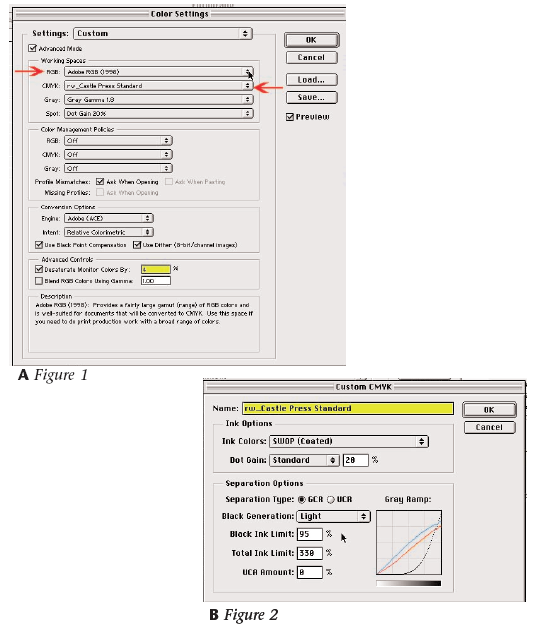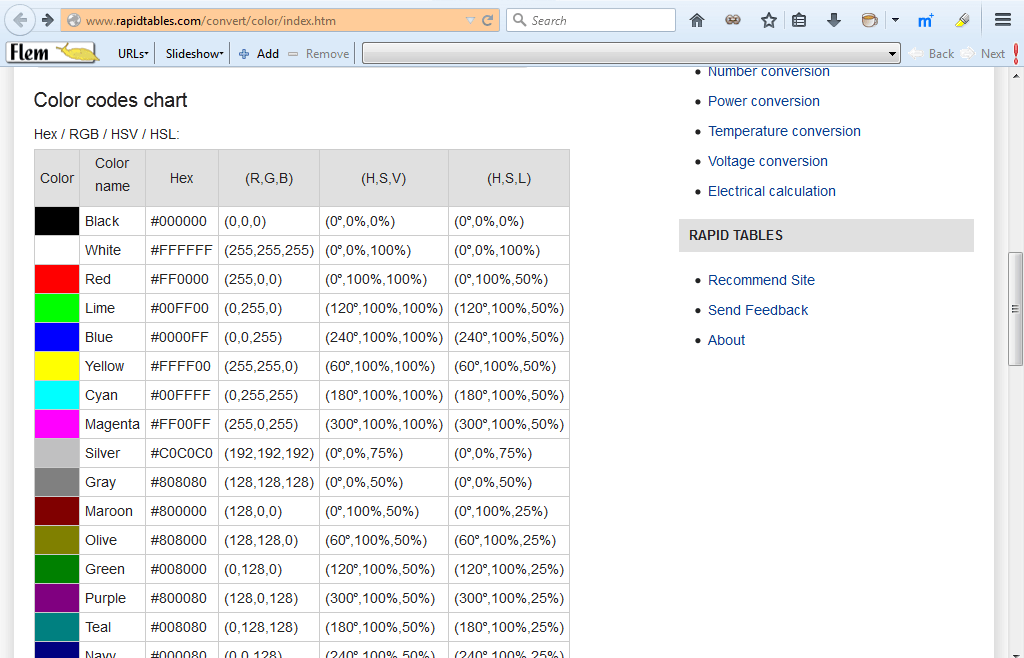

For raster images I would recommend either Krita (free and open source design application) or possibly a web-based color converter like .įollow the video tutorial below or continue on for the written instructions: If you’re looking to convert a rasterized image, like the JPG or PNG format, you’ll have to use a different method. Before we get started it should be noted that since Affinity Designer is a vector graphics editor, this lesson is strictly for vector documents, or documents that end with any of the following extensions…
#RGB TO CMYK PHOTO CONVERTER SOFTWARE HOW TO#
The following are instructions for how to convert RGB to CMYK with Affinity Designer. Lucky for you, Affinity Designer allows you to convert RGB to CMYK, then make the necessary color corrections, all with relative ease (this can be done with Illustrator as well if you prefer the Adobe suite.) Let’s say you’ve created a vector design that you need to have printed, but you’ve designed it in the RGB color space, using the RGB color profile that is embedded in your document by default.


How To Convert RGB to CMYK with Affinity Designer To ensure that your design looks the same in print as it does on your screen, it’s important to make sure that your document has a CMYK color profile embedded from the start. Converting any RGB document to CMYK, which is necessary for print, will always result in visible changes to your artwork regardless of the colors used. Source: Įven if you only use colors within the CMYK color space, you could still end up with muddy results after print if your document has an RGB color profile embedded. The below picture is an accurate representation of how RGB colors look once converted to CMYK. If you were to print a document that has an RGB profile embedded, chances are the colors would turn out faded and muddy. Notice how the RGB variations encompass a wider change of colors than the CMYK (represented as “2200 Matt Paper”) do. The diagram below depicts how several color models overlap with each other. This makes RGB the ideal format to use when designing anything that will be used exclusively on a digital display, like computers, laptops, televisions, and phones. Since light is being used to generate color in an RGB model, it provides for a more vibrant array of colors to choose from than its CMYK counterpart. In an RGB color model, some combination of red, green and blue are used to generate every other color in the spectrum. RGB uses some combination of red, green and blue to form all of the colors within its spectrum. RGB is a subtractive color model that uses light to generate color.

There are instances where, because of color limitations, you’ll need to keep your designs within the gamut of the CMYK color space. This would naturally lead you to believe that RGB is the more desirable model to use, but it’s not appropriate in all contexts. By default, RGB is typically used because it can generate a larger spectrum of colors, whereas CMYK has a smaller gamut.
#RGB TO CMYK PHOTO CONVERTER SOFTWARE SOFTWARE#
Every document that you create with your design software has a color profile assigned to it. RGB and CMYK represent different color models used when creating visual design. In the Document Setup menu, select the Color tab and change the Color Format dropdown from “RGB” to “CMYK” and click OK. To convert RGB to CMYK with Affinity Designer, open your document and navigate to Document Setup under the File menu.


 0 kommentar(er)
0 kommentar(er)
